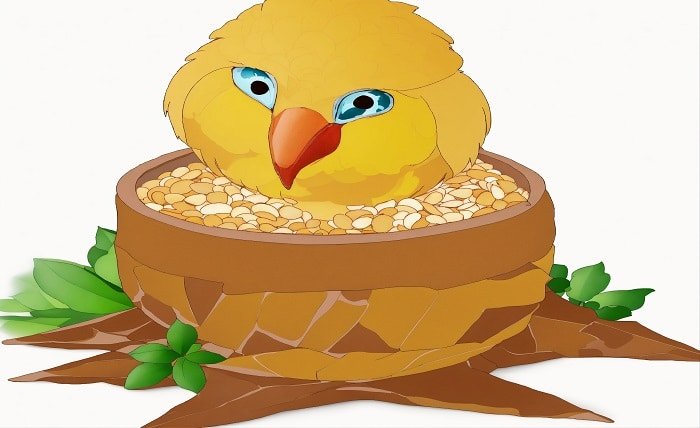Sotwe: A Comprehensive Guide

In the evolving landscape of cultural practices and traditional crafts, what is Sotwe often emerges as a topic of interest. Whether you’re encountering the term for the first time or seeking to deepen your understanding, this comprehensive guide will illuminate what Sotwe is, its origins, significance, and applications across various fields.
What Is Sotwe? An Introduction
When delving into what is Sotwe, it’s essential to recognize its multifaceted nature. Sotwe is a traditional craft that has been passed down through generations, embodying both cultural significance and artistic expression. Originating from specific regions, Sotwe represents a blend of history, skill, and community values, making it a unique aspect of cultural heritage.
The Origins of Sotwe: Tracing Its Roots
Understanding what is Sotwe involves exploring its historical background. Sotwe has its roots in [specific region/culture], where it was traditionally practiced by [specific group]. The origins of Sotwe can be traced back to [specific time period], serving both practical and ceremonial purposes. Over time, Sotwe has evolved, incorporating influences from neighboring cultures while retaining its core essence.
The Cultural Significance of Sotwe
Exploring what is Sotwe also means appreciating its cultural significance. Sotwe is more than just a craft; it is a symbol of identity and community cohesion. It plays a pivotal role in [specific ceremonies/holidays], where practitioners showcase their skills and pass down knowledge to younger generations. The preservation of Sotwe ensures the continuity of cultural narratives and traditions that define the community.
The Artistry Behind Sotwe: Techniques and Materials
A crucial aspect of understanding what is Sotwe lies in its artistic elements. Sotwe involves a variety of techniques that have been refined over centuries. Traditional methods include [specific techniques], which require precision and creativity. The materials used in Sotwe are often sourced locally, such as [specific materials], contributing to its distinctive appearance and sustainability. Modern adaptations of Sotwe may incorporate new materials while respecting traditional craftsmanship.
Sotwe in Contemporary Society: Modern Applications
Addressing what is Sotwe today reveals its relevance in contemporary society. While rooted in tradition, Sotwe has found new applications in various fields such as fashion, interior design, and even technology. Designers and artists leverage Sotwe techniques to create innovative products that blend heritage with modern aesthetics. This fusion not only revitalizes Sotwe but also introduces it to a global audience, fostering appreciation and demand.
Preserving Sotwe: Challenges and Initiatives
When considering what is Sotwe, it’s important to acknowledge the challenges it faces in the modern world. Factors such as globalization, loss of traditional knowledge, and economic pressures threaten the continuity of Sotwe. However, numerous initiatives aim to preserve and promote Sotwe, including [specific programs], workshops, and collaborations with cultural institutions. These efforts are vital in ensuring that Sotwe remains a living tradition for future generations.
The Future of Sotwe: Trends and Predictions
Looking ahead, contemplating what is Sotwe involves speculating on its future trajectory. Trends suggest a growing interest in sustainable and handcrafted products, which bodes well for Sotwe’s resurgence. Additionally, digital platforms provide new avenues for Sotwe artisans to reach wider audiences and market their creations globally. The integration of technology with traditional practices may lead to innovative forms of Sotwe, ensuring its relevance and adaptability in the years to come.
Conclusion
In summary, what is Sotwe encompasses a rich tapestry of history, culture, and artistry. From its traditional roots to its modern applications, Sotwe stands as a testament to the enduring power of cultural heritage. Understanding Sotwe not only fosters appreciation for this unique craft but also highlights the importance of preserving such traditions in a rapidly changing world. As we look to the future, the continued evolution and preservation of Sotwe will ensure that it remains a vibrant and integral part of cultural expression.
FAQs
1. What is sotwe used for in traditional ceremonies? Sotwe is used in traditional ceremonies to symbolize [specific meanings], serving both decorative and functional purposes during [specific events].
2. How can I learn the techniques involved in Sotwe? You can learn Sotwe techniques through workshops, cultural centers, and online tutorials that offer step-by-step guidance on traditional methods.
3. Are there any famous Sotwe artists or artisans? Yes, there are several renowned Sotwe artisans who have gained recognition for their exceptional craftsmanship and contributions to preserving the tradition.
4. What materials are commonly used in Sotwe? Sotwe typically uses locally sourced materials such as [specific materials], which contribute to its unique texture and sustainability.
5. How is Sotwe being adapted in modern design and fashion? In modern design and fashion, Sotwe techniques are integrated into contemporary products, blending traditional artistry with current trends to create innovative and stylish items.



